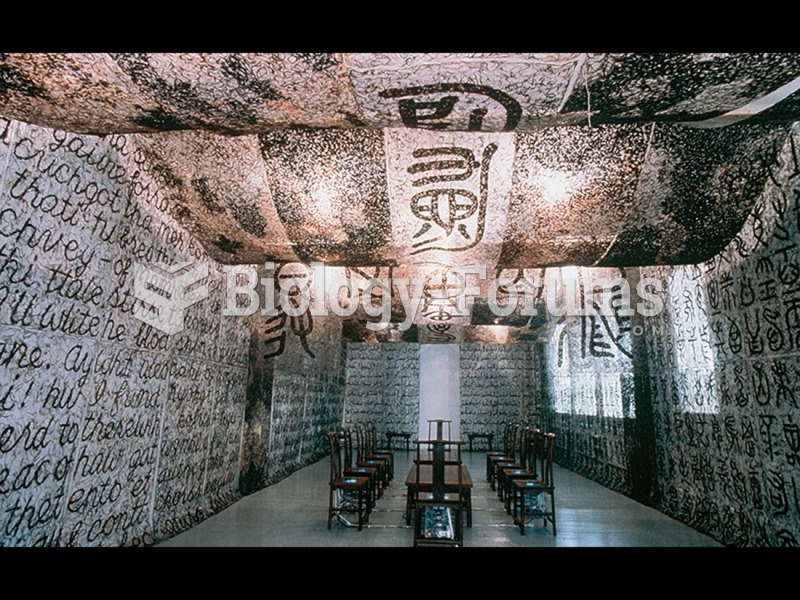Answer to Question 1
In 1368, as native Chinese rebels drove out the last of the Mongol rulers, they established the Ming dynasty, which ruled China until 1644. The Ming dynasty governed the largest and most sophisticated empire on earth, an empire of some 120 million people. Eventually, invading Manchus overthrew the Mings and established the Qing dynasty. The early Manchu rulers imitated their predecesors as royal sponsors of art and architecture. Like Louis XIV and Shah Jahan, the Chinese emperor and his huge retinue resided in an impressive ceremonial complex. This metropolis, the symbol of entrenched absolutism and the majesty of the ruler, was known as the Forbidden Cityso called because of its inaccessibility to ordinary Chinese citizens until 1925.
The Forbidden City was a huge complex, featuring royal meeting halls, grand avenues, broad courtyards, government offices, mansions for princes and dignitaries, artificial lakes, lush gardens, spacious temples, theaters, a library, and a printing house. It was the nucleus of imperial power and the symbol of Chinese absolutism. Laid out with a gridiron regularity that rivaled Mogul and French palatial complexes, the arrangement of buildings, courtyards, gates, and terraces was uniquely Chinese. Adhering to the practice of feng shui, the arrangement of the physical environment is in accordance with specific cosmological principles. Although most of the buildings of the Forbidden City are no more than a single story high, what they lack in monumentality they achieved in ornamental splendor and a harmony with nature. Bronze lions and gilded dragons (symbols of royal power) guard the great halls and entrances. In the Forbidden City, Chinese court culture promoted a lavish aristocratic style that enhanced the majesty of the ruler.
Answer to Question 2
The aristocratic style emerged in France, as Louis XIV became Europe's most powerful leader, moving the center of artistic patronage and productivity from Italy to France. As Louis cultivated the arts as an adjunct to majesty, French culture in all its formsfrom art and architecture to fashions and fine cuisinecame to dominate European tastes. The aristocratic style emphasized luxury, ornamentation, and wealth.
These traits manifested in all artistic mediums. Aristocratic portraits featured polished elegance and poise, and were concerned primarily with outward appearance. Paintings featured a combination of fluid composition and naturalistic detail, with shimmering vitality of brushwork. Aristocratic music, as exemplified in Jean-Baptiste Lully's operas, featured pomp and splendor, clarity, and the formal correctness befitting the elite. Literature, too, exhibited qualities of refinement, good taste, and the concentrated presentation of ideas. French writers wrote in a language that was clear, polished, and precise.







